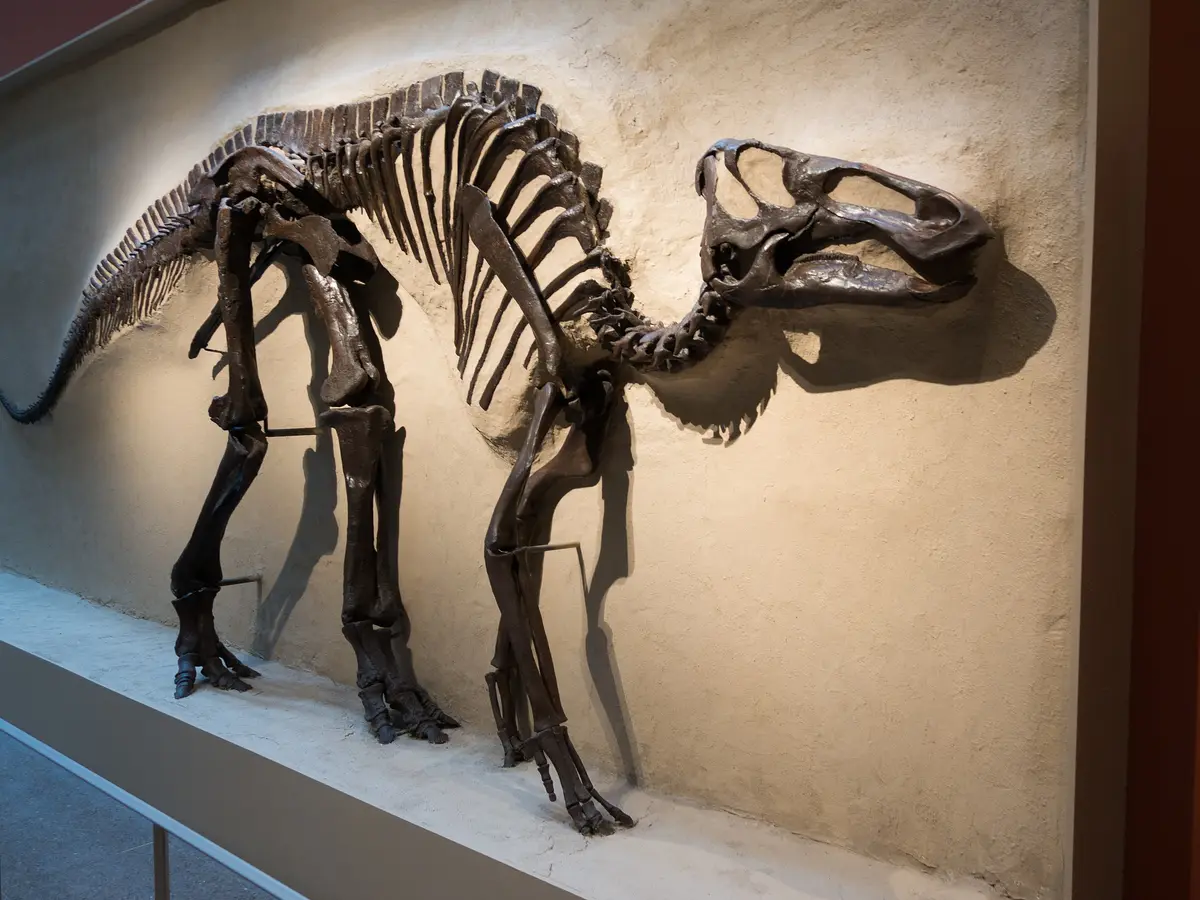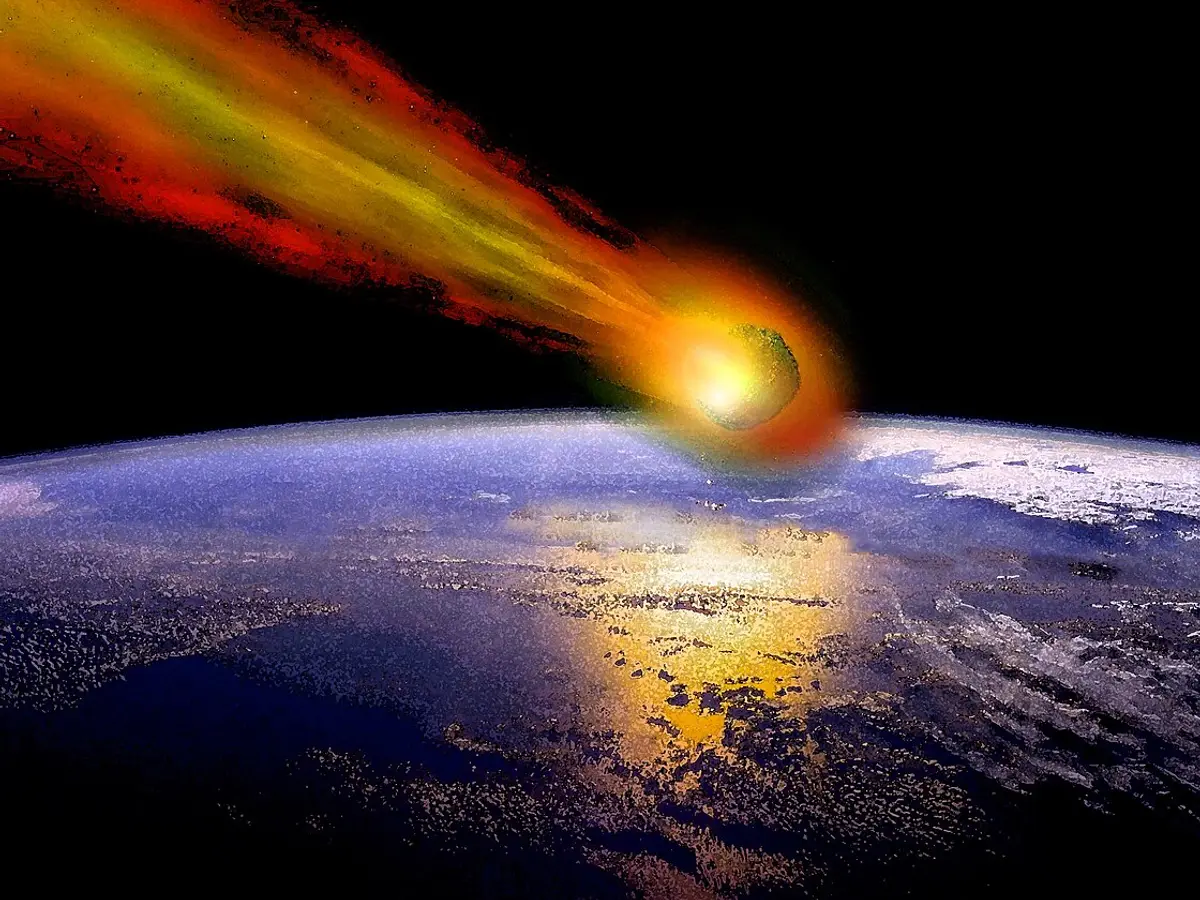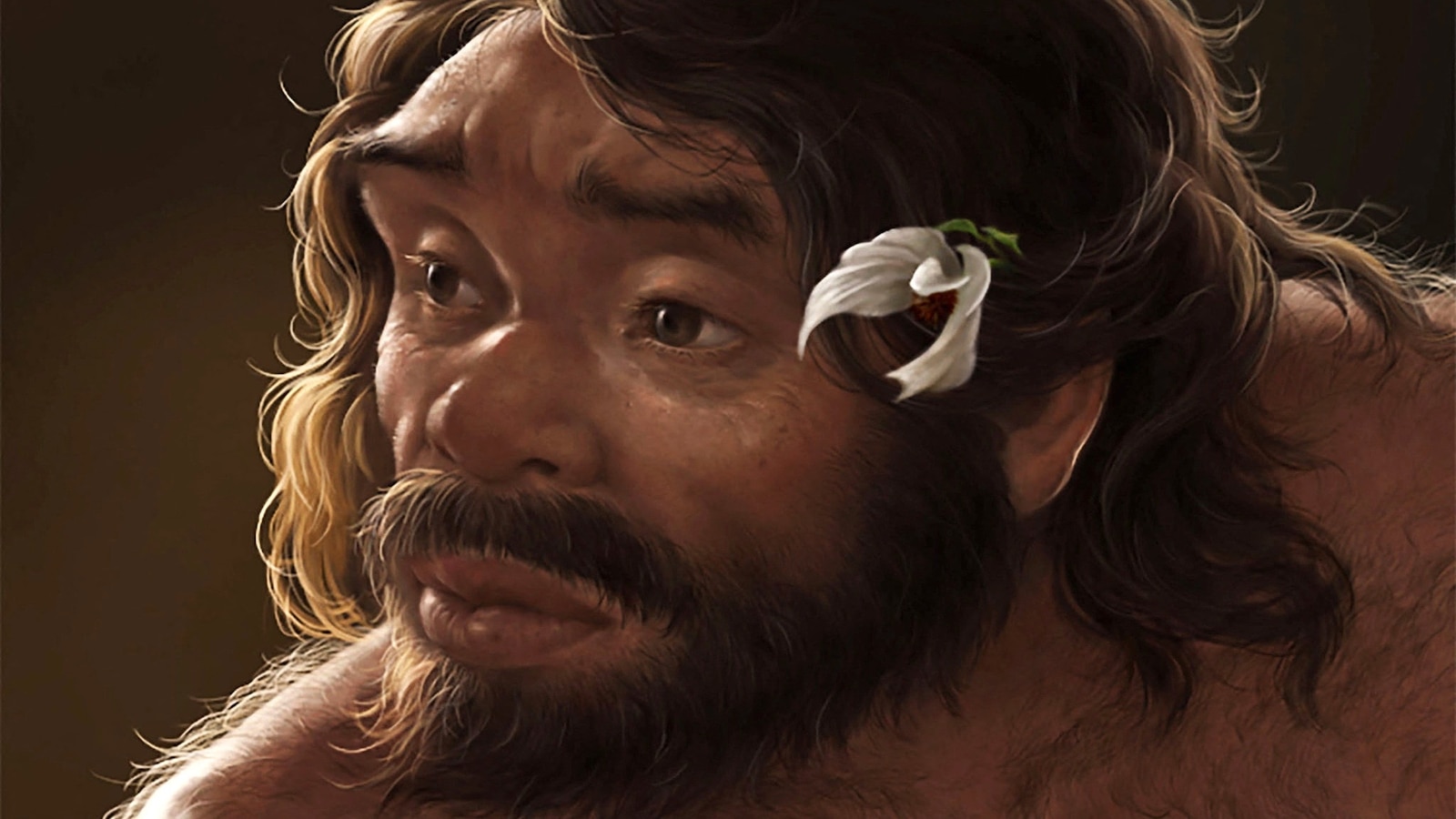Unbelievable Discovery: Ancient Skull Could Rewrite Human Evolution History!

What if I told you that the story of human origins might not just start in Africa, but could actually trace back to Asia? Recent discoveries from a million-year-old skull unearthed in China could be the bombshell that shifts our understanding of human evolution!
The skull, affectionately called “Yunxian 2,” was first discovered in 1990 but has only recently been reconstructed using cutting-edge technologies like advanced CT scanning and 3D printing. A dynamic team of scientists detailed their groundbreaking findings in the prestigious journal “Science,” revealing that this ancient fossil blurs the lines between Homo erectus, Homo longi—dubbed “Dragon Man”—and modern humans.
Dr. Chris Stringer, a prominent anthropologist from the Natural History Museum in London and a key figure in this research, stated, “This changes a lot of thinking.” He emphasized that this discovery suggests our ancestors had already divided into distinct groups a million years ago, indicating a much more intricate and earlier evolutionary split than previously believed.
The team was initially taken aback by their findings. Xijun Ni, a professor at Fudan University who co-led the analysis, expressed their astonishment, saying, “From the very beginning, when we got the result, we thought it was unbelievable. How could that be so deep into the past?” After rigorous testing, they emerged with confidence and excitement about the implications of their research.
The reconstruction of the skull showcases a facial structure reminiscent of Homo erectus but boasts a larger brain capacity, more aligned with Homo longi and Homo sapiens. This discovery could actually clarify what researchers call the “Muddle in the Middle,” the perplexing period of human fossils from one million to 300,000 years ago.
If these findings hold up, it could mean that early hominins like Neanderthals and Homo sapiens emerged far earlier than we once thought. “There’s a big change potentially happening here, where East Asia is now playing a very key role in hominin evolution,” noted Michael Petraglia, director of Griffith University’s Australian Research Centre for Human Evolution, who wasn’t part of the study.
However, not everyone is ready to jump on the bandwagon. Skepticism lingers, as Andy Herries, an archaeologist at La Trobe University, pointed out that fossil morphology might mislead interpretations without the backing of genetic evidence. “They’ve got this interpretation that I just don’t really think is taking into account the genetic histories of these things that we do know,” he stated.
Dr. Aylwyn Scally, an evolutionary geneticist at Cambridge University, echoed similar sentiments, calling the results plausible yet uncertain. He explained, “That picture is still quite unclear to us, so if the conclusions of this research are supported by other analyses, ideally from some genetic data, then I think we would start to be increasingly confident about it,” he told BBC News.
This study adds yet another layer to the already intricate tapestry of human evolution. As Stringer pointed out, “Fossils like Yunxian 2 show just how much we still have to learn about our origins.”

























